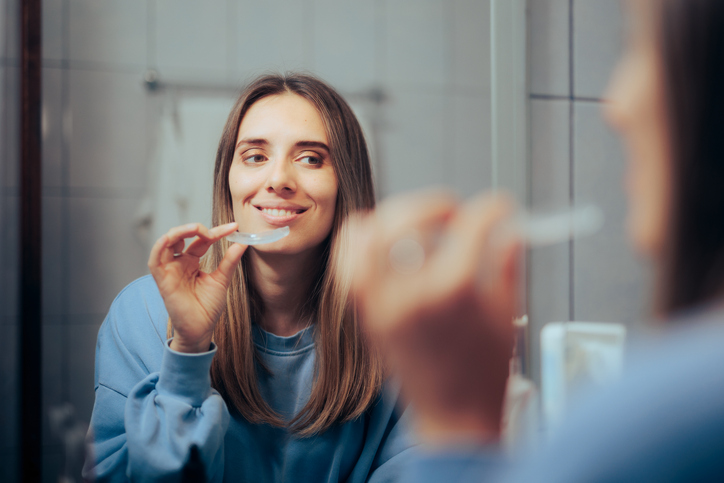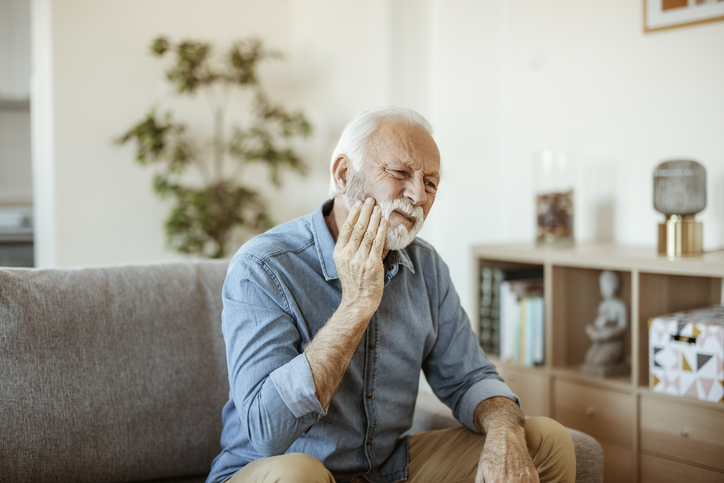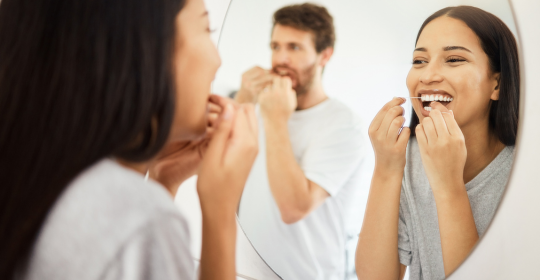 06 March 2023
06 March 2023
Many of us are keen to learn more and social media has endless information to help us in our day to day lives. Social media has become saturated with recommendations around ‘do it yourself’ and ‘at home hacks’ and dentistry is no exclusion.
The hazards of getting health advice from self-proclaimed experts via the internet is fraught with danger.
Do it yourself dentistry may be intended as a means of saving money, though the reality is that it often becomes very costly to fix¹. Many dentists are now reporting they are seeing patients who have done significant damage to their mouth by doing their own dental procedures². Tooth and bone loss, gum trauma and major issues with tooth alignment are becoming commonly seen outcomes.
Why pay a dentist when you can fix your own teeth?
Videos on how to make homemade braces, tooth whitening, tooth reshaping and even how to make your own dentures are easily accessible, often with recommendations to use common domestic items as dental tools. e.g. rubber bands for braces, Magic Erasers for tooth staining and even nail files to shorten and reshape teeth. Much of the appeal of trying these at home remedies, centres around keeping things simple and saving money by not going to a dentist. But every one of these procedures is fraught with risk.
Trending social media dental hacks
- DIY braces – To qualify as an orthodontist, it takes a further three years of full-time study after earning a dental degree. Fixing alignment issue with teeth is a complex process as it doesn’t just impact how your teeth look but can also impact how you eat and even breath. It requires far more than placing a few thin rubber bands on the teeth which can potentially pull teeth out by their roots.
- Shaving down teeth with a nail file – reshaping teeth at home can lead to cracked, broken and damaged teeth. It also removes the tooth enamel which protects teeth from decay.
- Teeth whitening with hydrogen peroxide or activated charcoal – using high concentrations of hydrogen peroxide on teeth and gums leads to tooth sensitivity and gum damage.
- Using a Magic Eraser to remove stains – this also removes the thin layer of enamel on the teeth because of the highly abrasive nature of the eraser. After an initial improvement in the colour of the teeth, the underlying, yellowish dentine becomes exposed.
5 dental truths
- It can help to remember the old saying, if it sounds too good to be true, it probably is. Be suspicious about anyone claiming to be a dental expert who doesn’t have a tertiary qualification.
- Every mouth is unique and there is no ‘one fix’ that applies to everyone. The effectiveness of any dental treatment relies on careful assessment and an individualised plan of care.
- There is a high risk of pre-existing problems becoming worse with ‘at home’ dental treatments.
- The enamel on teeth is thin and once it’s filed down or lost, it can’t be regenerated. Pain, sensitivity and greater likelihood of decay are common outcomes of tooth filing and scratching off enamel.
- It takes five years of full-time study to qualify as a dentist in Australia with high standards for not only academic achievement but also clinical patient outcomes.
Book an appointment with your dentist if you are keen to learn more from an expert and avoid unwanted damage to your smile.





